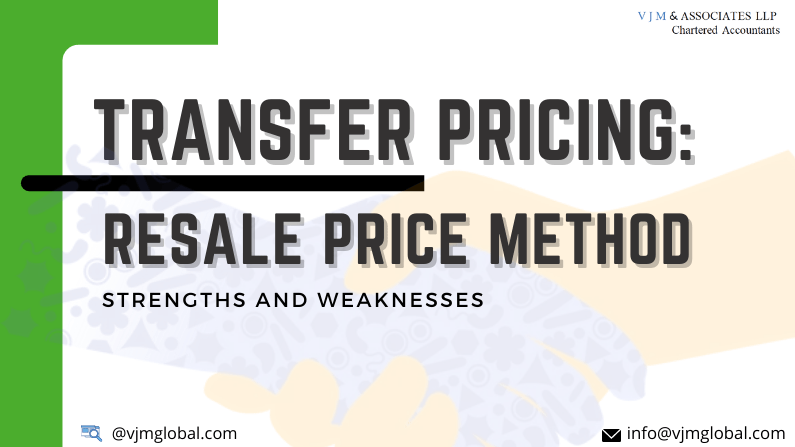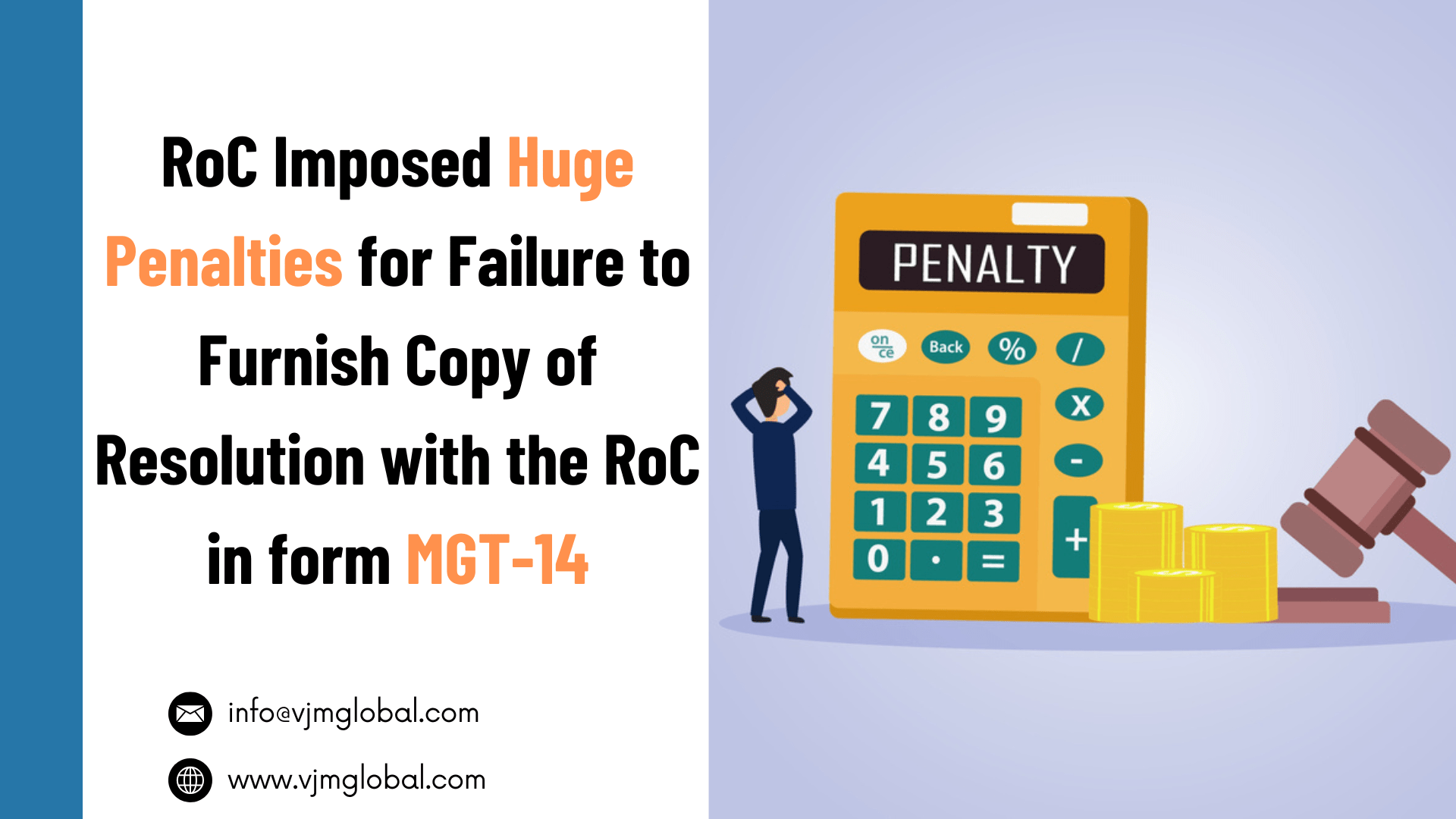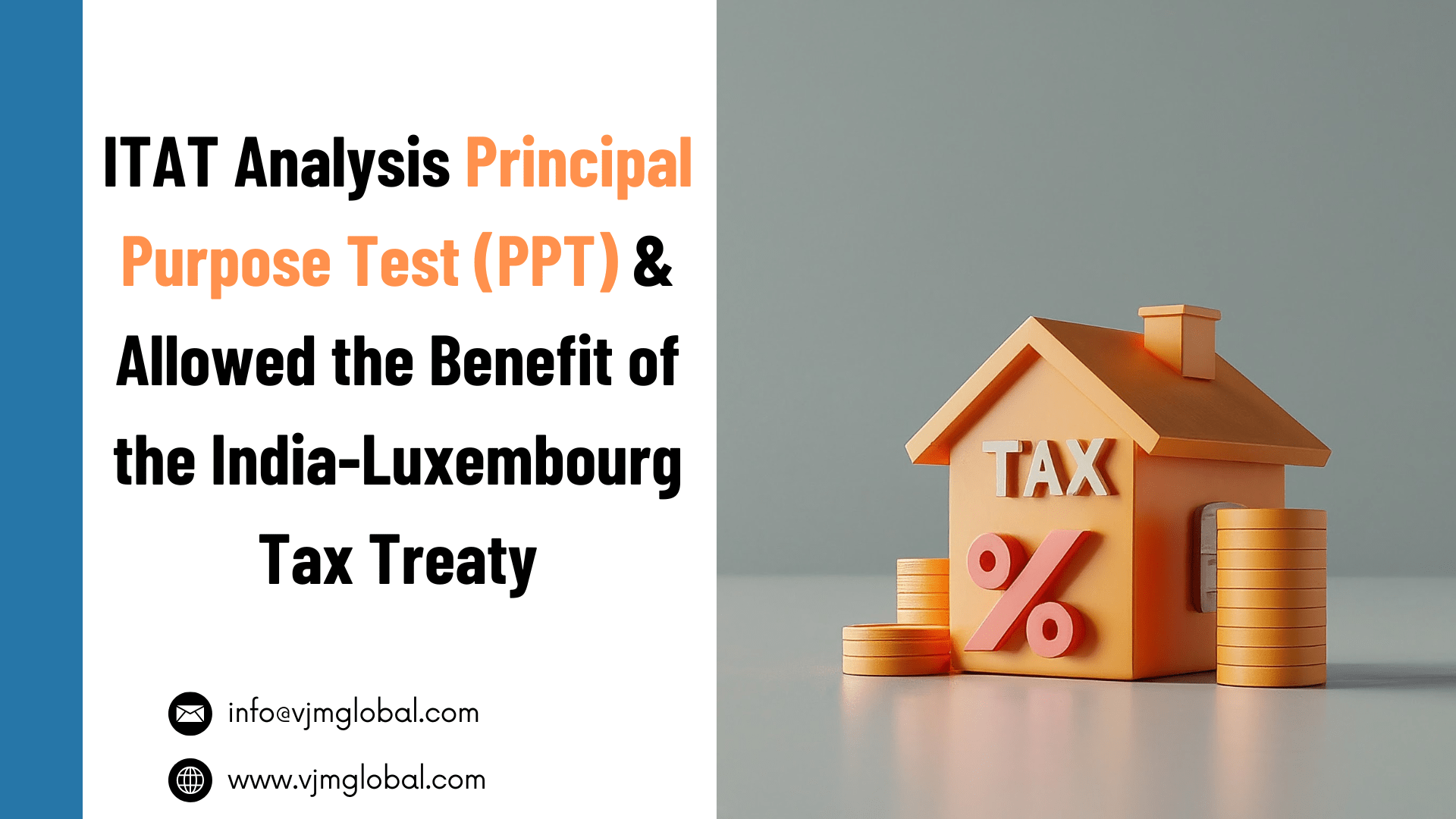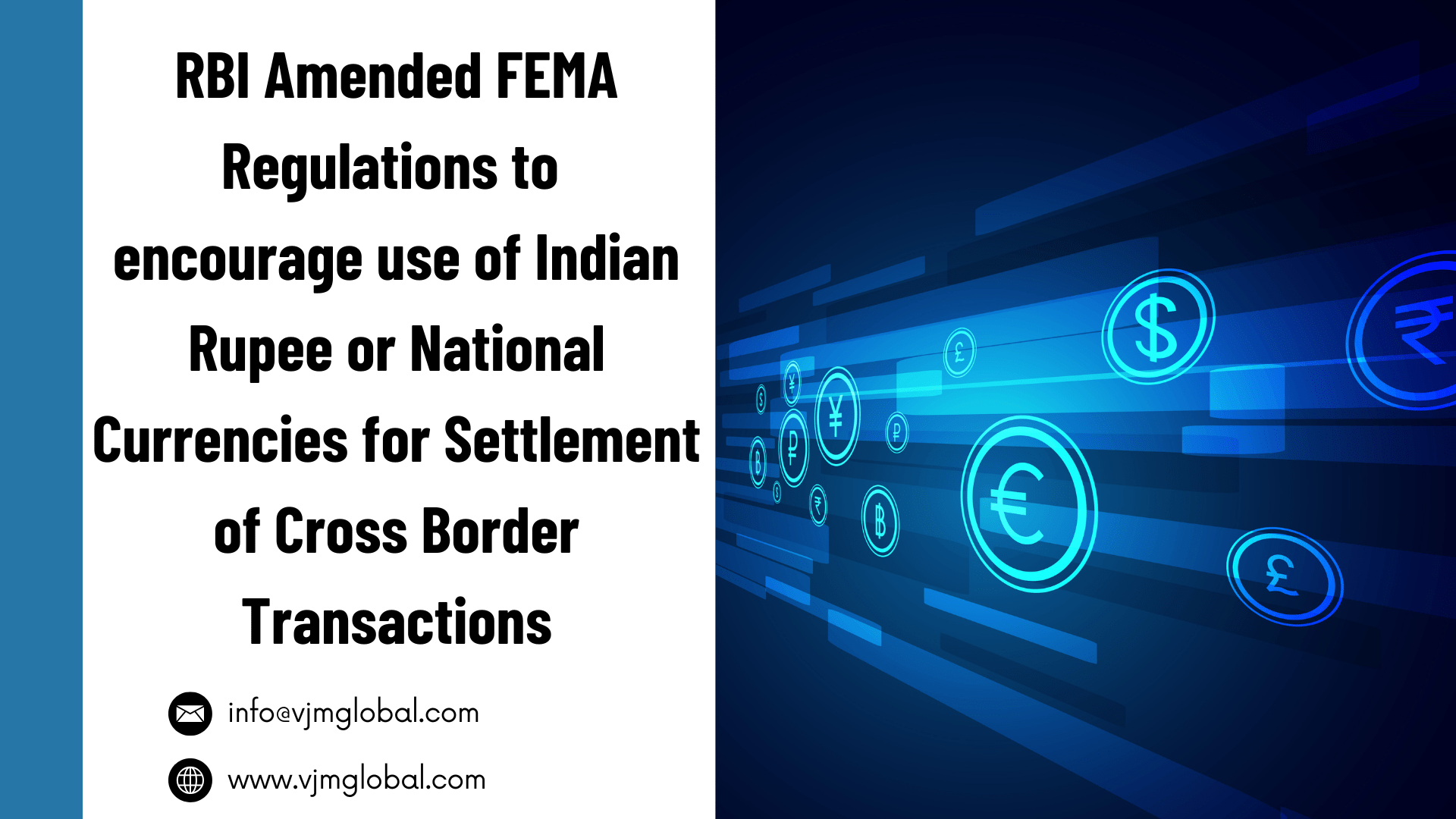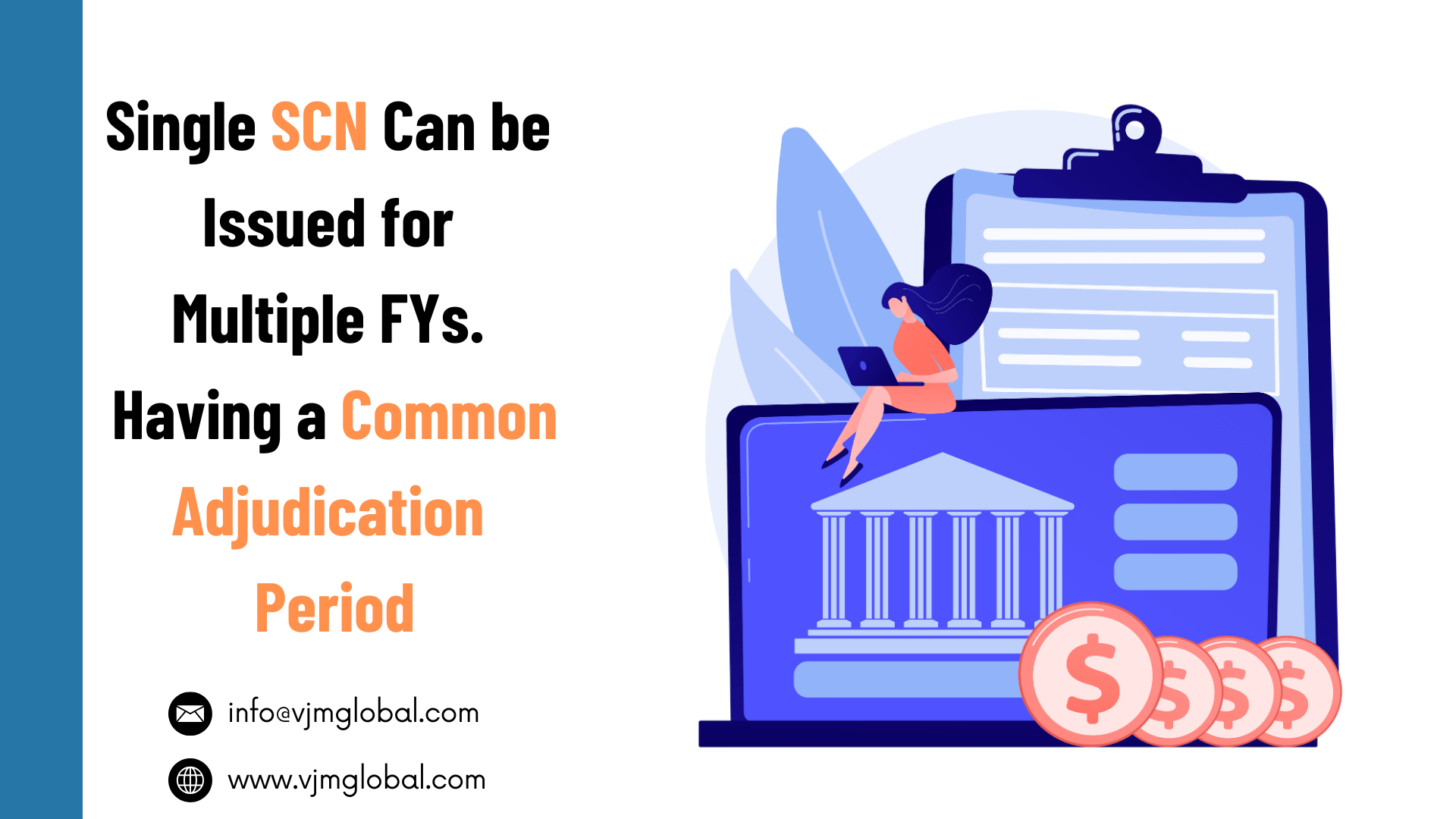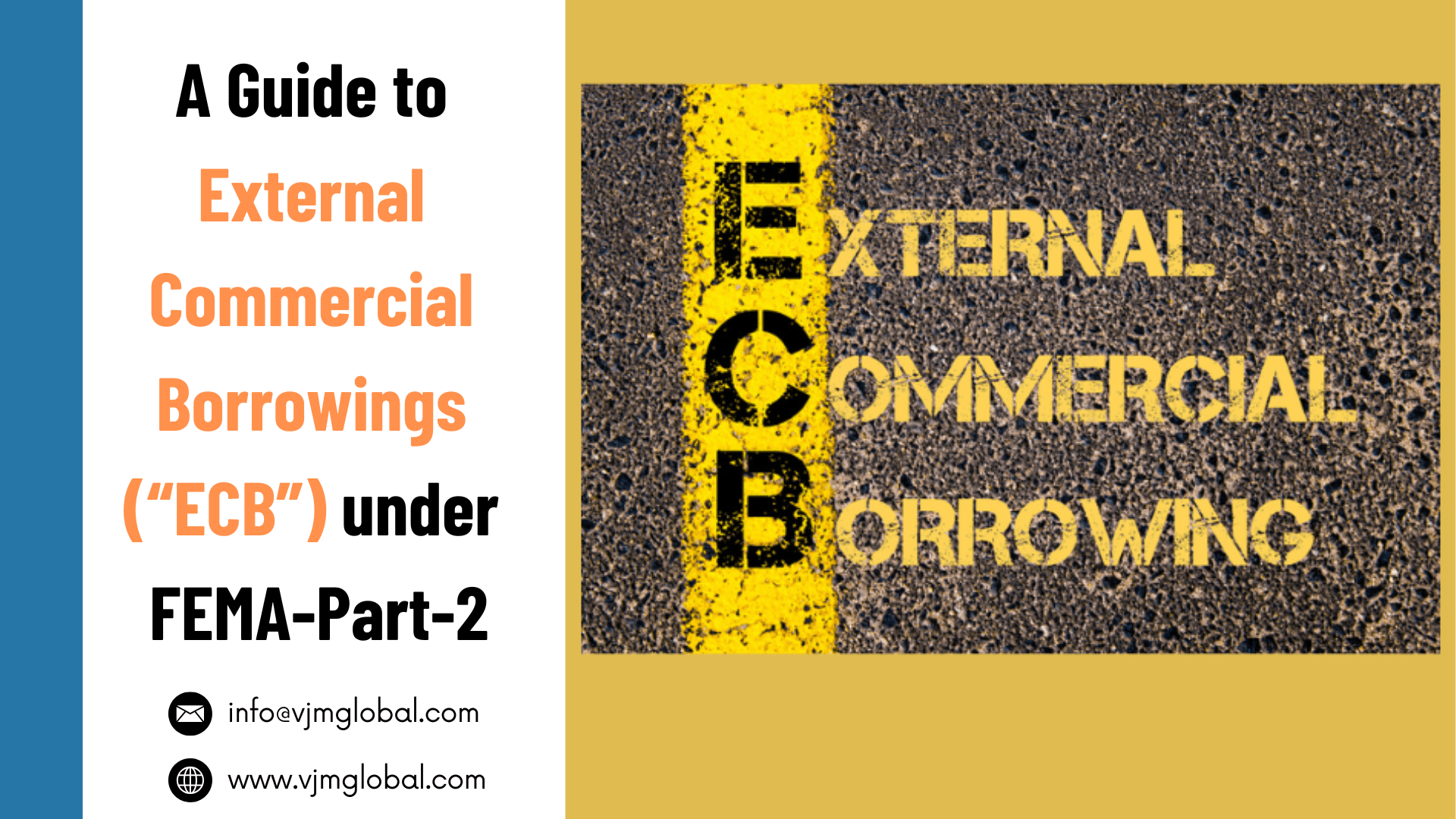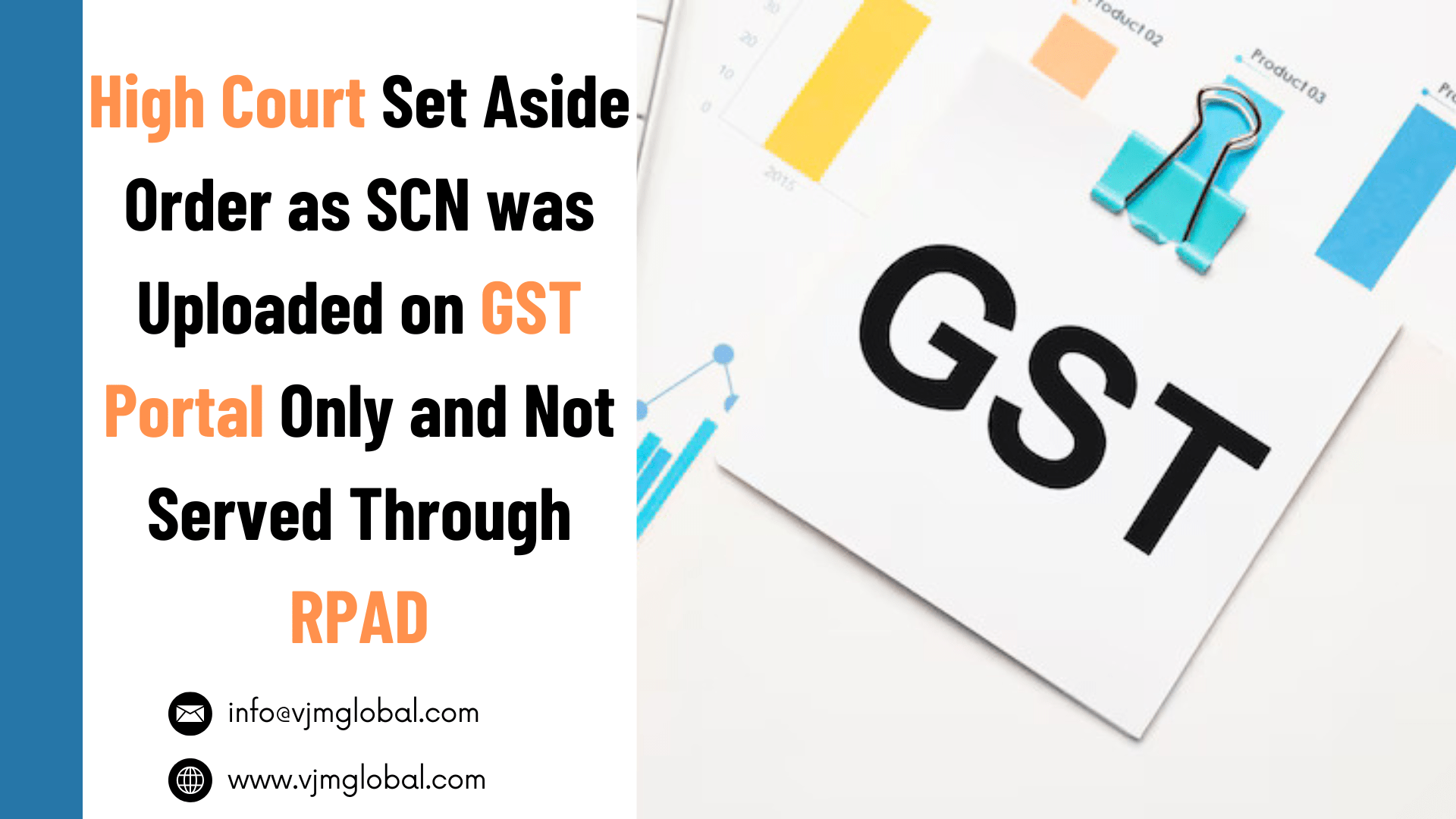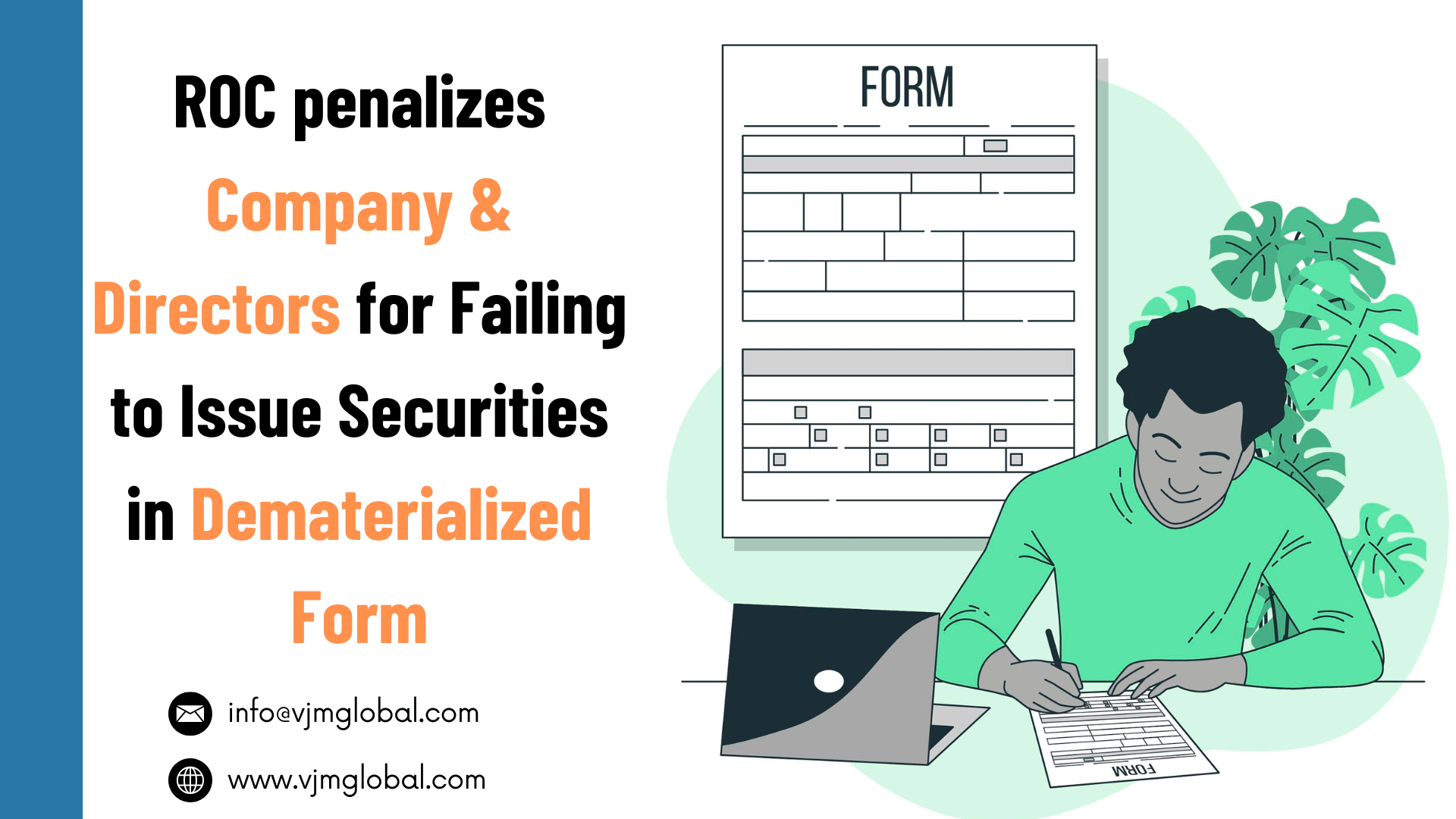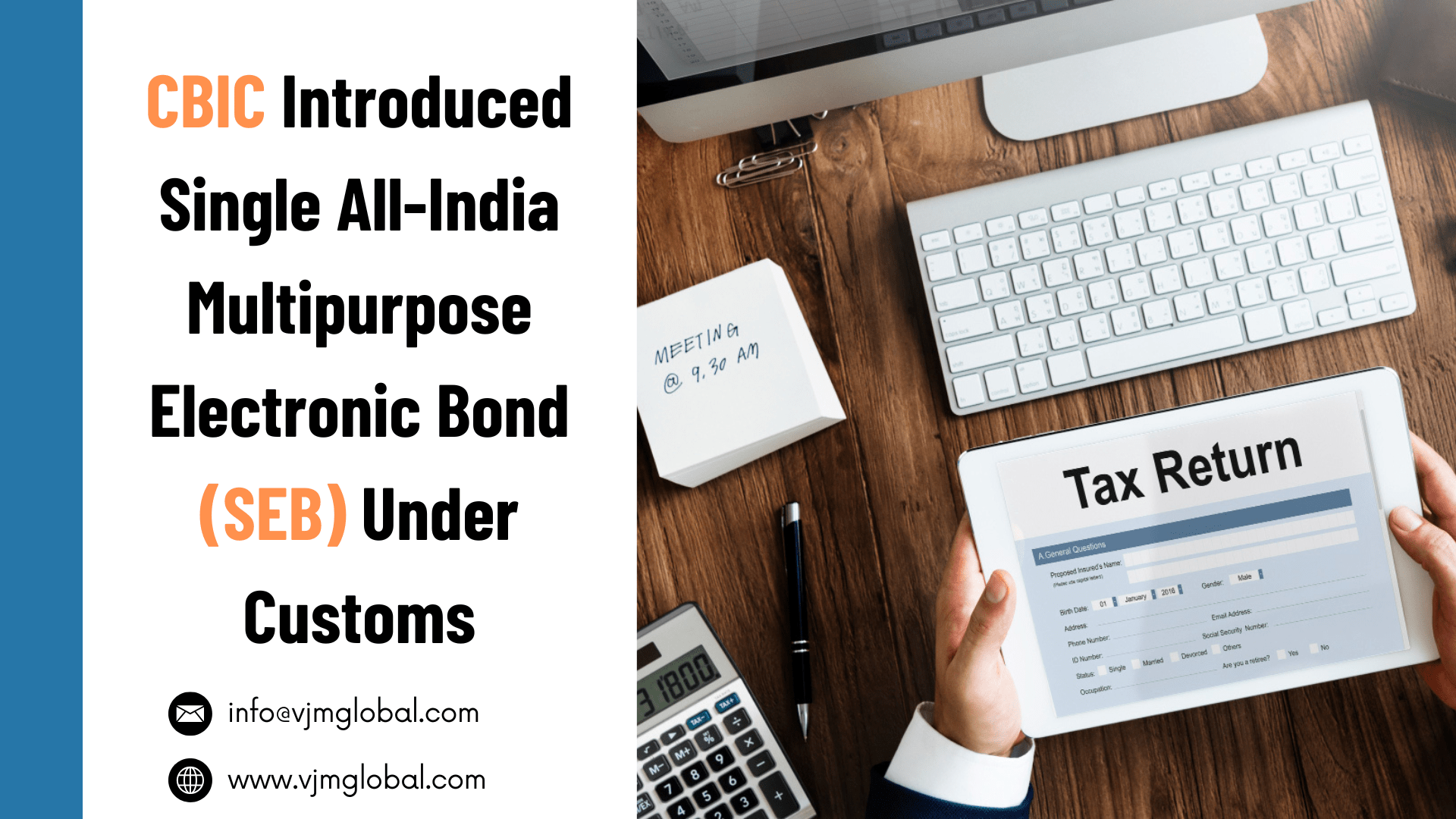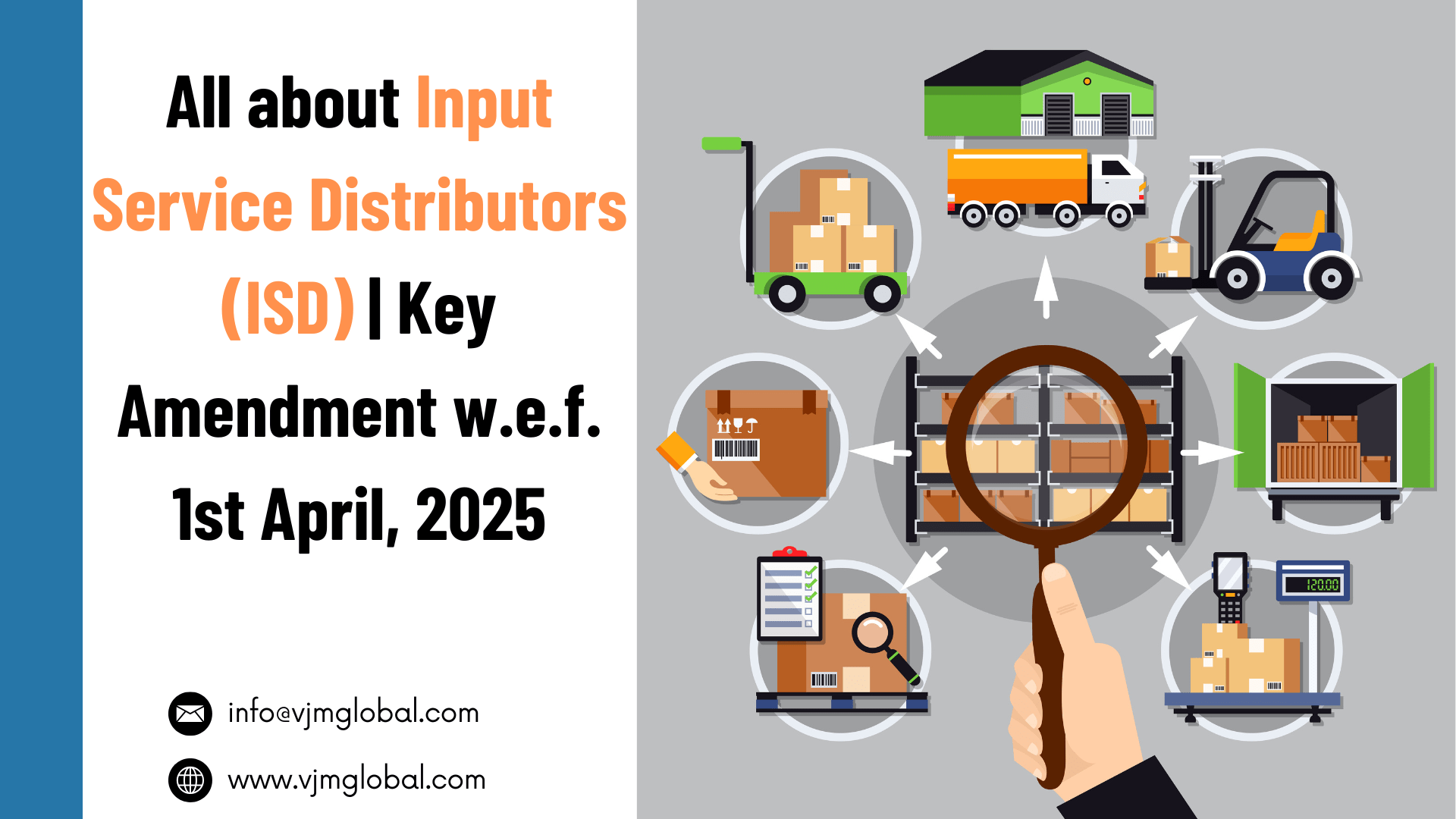For the smooth execution of the transfer pricing method, various methods have been introduced that make it easier for the companies to compute their Taxes. One of these essential transfer pricing methods is the Resale Price Method. In this article you will get better insight into what the Resale Price Method is, how it works, when to use it, and what are its advantages and disadvantages.
1.What is the Resale Price Method (RPM)?
- The Resale Price Method (RPM) is one of the traditional transaction methods that can be used to determine whether a transaction reflects the arm’s length principle. The Resale Price Method focuses on the related sales company which performs marketing and selling functions as the tested party in the transfer pricing analysis.
- While using this method, one takes the prices at which the associated enterprise sells its product to the third party. This price is referred to as the resale price.
- The gross margin which is determined by comparing the gross margins in a comparable uncontrolled transaction is then reduced from this resale price. After this, costs which are associated with the purchase of such a product such as the customs duty are deducted. What remains is considered as an arm’s length price for a controlled transaction between the associated enterprises.
- In a nutshell- In this method, the evaluation is done by testing the gross profit margin of the reseller. In this method, we search for unrelated supplies and cost of goods sold and we see that it ranges from the permissible unit as per Indian transfer pricing regulation.
2.What are the Indian Transfer Pricing Regulations on Resale Price Method?
Rule 10B(1)(b) of the Income Tax Rules, lays down the following transfer pricing regulations on resale price method:
- The Price at which property purchased or services obtained by the enterprise from an associated enterprise is resold or are provided to an unrelated enterprise, is identified;
- Such resale price is reduced by the amount of a normal gross profit margin accruing to the enterprise or to an unrelated enterprise from the purchase and resale of the same or similar property or from obtaining and providing uncontrolled transaction, or a number of such transactions;
- The price so arrived at is further reduced by the expenses incurred by the enterprise in connection with the purchase of property or obtaining of services;
- The price so arrived at is adjusted to take into account the functional and other differences, including differences in accounting practices, if any, between the international transaction [or the specified domestic transaction] and the comparable uncontrolled transactions, or between the enterprises entering into such transactions, which could materially affect the amount of gross profit margin in the open market;
- The adjusted price arrived at under point (4) above is taken to be an arm’s length price in respect of the purchase of the property or obtaining of the services by the enterprise from the associated enterprise.
3.Computation of Arm’s Length Gross Profit Margin under Resale Price Method
For the purpose of computing the Arm’s Length Gross Profit Margin under RPM, the following steps are required to be followed:
Step 1– Determining the Resale Price of the products or service transferred from the associate enterprise.
Step 2– Determining Comparable transactions with unrelated parties or such other comparable transactions between two independent enterprises. (Perform comparability analysis on the transactions being considered, and select the most appropriate transactions as comparables)
Here, while carrying out the comparability analysis, it is recommended that you must consider the following points:
- Product Comparability – characteristics, quality, end-use, novelties, features, add-on products, after-sales services, etc.
- Contractual Terms– The credit period offered, allied transactions, term period of the contract, the quantity contracted, the place of delivery, etc.
- Risks Incurred– In a transaction between Associated Enterprises, the associated enterprise may not be selling directly to end consumers. However, in an open market transaction, an independent entity is exposed to inventory risk and consumer default risk. These risks undertaken by the other associated enterprise must be quantified and adjusted to the price. There may be similar risks that may require adjustments.
- Geographical Factors– The location where the product is sold or produced, the Government regulations, the applicable taxes, the sources of raw materials, etc.
Step 3– Analyse the differences between the controlled transactions and the uncontrolled transactions considered as comparable. Quantify the functional differences in terms of impact on the Profit Margin and make adjustments to arrive at Gross Profit Margin.
Step 4– Finally, reduce the Gross Profit from the Resale Price to arrive at the Transfer Price.
Example:
A company ¨P¨ Ltd. deals in IT products. Recently it had purchased a number of projectors from a related party- Q Ltd., and from a non-related party- R Ltd.. Here is how the Resale Price Method will apply:
| Particulars | Q Ltd. (AE) | R Ltd. (Non-AE) |
| Purchase Price of P Ltd. | Rs. 30,000 | Rs. 44,000 |
| Sales Price of P Ltd. | Rs. 36,000 | Rs. 52,000 |
| Other Expenses incurred by P Ltd. | Rs. 500 | Rs. 800 |
| Gross Margin | 18.33% | 13.85% |
Taking into consideration above steps, the Arm’s Length Gross Profit Margin under RPM can be computed as follows:
| Particulars | Amount |
| Sale Price in India | Rs. 36,000 |
| Less: Expenses related to Q Ltd. | Rs. 500 |
| Less: Resale margin @ 13.85% | Rs. 4986 |
| Arm’s Length Price | Rs. 30,514 |
| Price paid to Q Ltd. | Rs. 30,000 |
NOTE: Here, the Arm’s Length Price is the price which should have been paid but Price Paid to Q Ltd. is the price actually paid.
4.When to use the Resale Price Method
The Resale Price Method is indeed tempting but there’s a right place to use it. This method works only under unique circumstances that allow its fool-proof execution. Therefore, before proceeding with RPM, one must consider the following points to ensure viability of its results:
- Distributor Companies– Resale price is much suitable in a model where one enterprise produces and another enterprise only resells. In such cases, the gross profit can be easily determined and split between the two enterprises or multiple enterprises.
- When the Cost Plus Method is not reliable– A better alternative to the Resale Price method is the Cost Plus Method where all costs are billed at a fixed margin and excess profits are retained by the distributor company. In a way, it is exactly opposite of the Resale Price Method where excessive profits get accumulated with the distributor company.
- Reliable calculation of Cost of Goods Sold– A reliable calculation of Cost of Goods Sold is prerequisite to arriving at Gross Profit Margin. Thus, if the COGS of the transaction cannot be established without any complications, the resale price method may not produce reliable results.
- No Major Value Addition by Distributing Enterprise– The distributor enterprise dealing with the ultimate customer should not be holding major intangibles or making significant value additions to the product or service. Further, there should not be a long chain of enterprises dealing with the product before ultimate sale to customers as it may involve a complex calculation of resale price at multiple levels.
5.Strengths and Weaknesses of RPM
5.1 Strengths of Resale Price Method
- The method is based on Market Price. This means that it represents a method based on demand, thus making it more reliable in situations where there is a weak relationship between cost and sale prices.
- This method can be used to ensure that the distributor companies do not make inappropriate profits, as the distributors earn arm’s length gross profit margin, and thus, excess profits are transferred to the manufacturing enterprise.
5.2 Weaknesses of Resale Price Method
- If an associate enterprise on the buy-side does significant value addition before selling to customers, it may lead to complex calculations in arriving at the gross profit margin.
- Since not all enterprises follow the same accounting principles, computing comparable gross profit margin may sometimes involve undoing the differences between accounting policies.
- Establishing a gross profit margin of an uncontrolled transaction and adjusting the same according to the transaction of the enterprise with reasonable accuracy is difficult and can often be a long process as it requires a detailed analysis of both the transactions, the products and the economic conditions.

